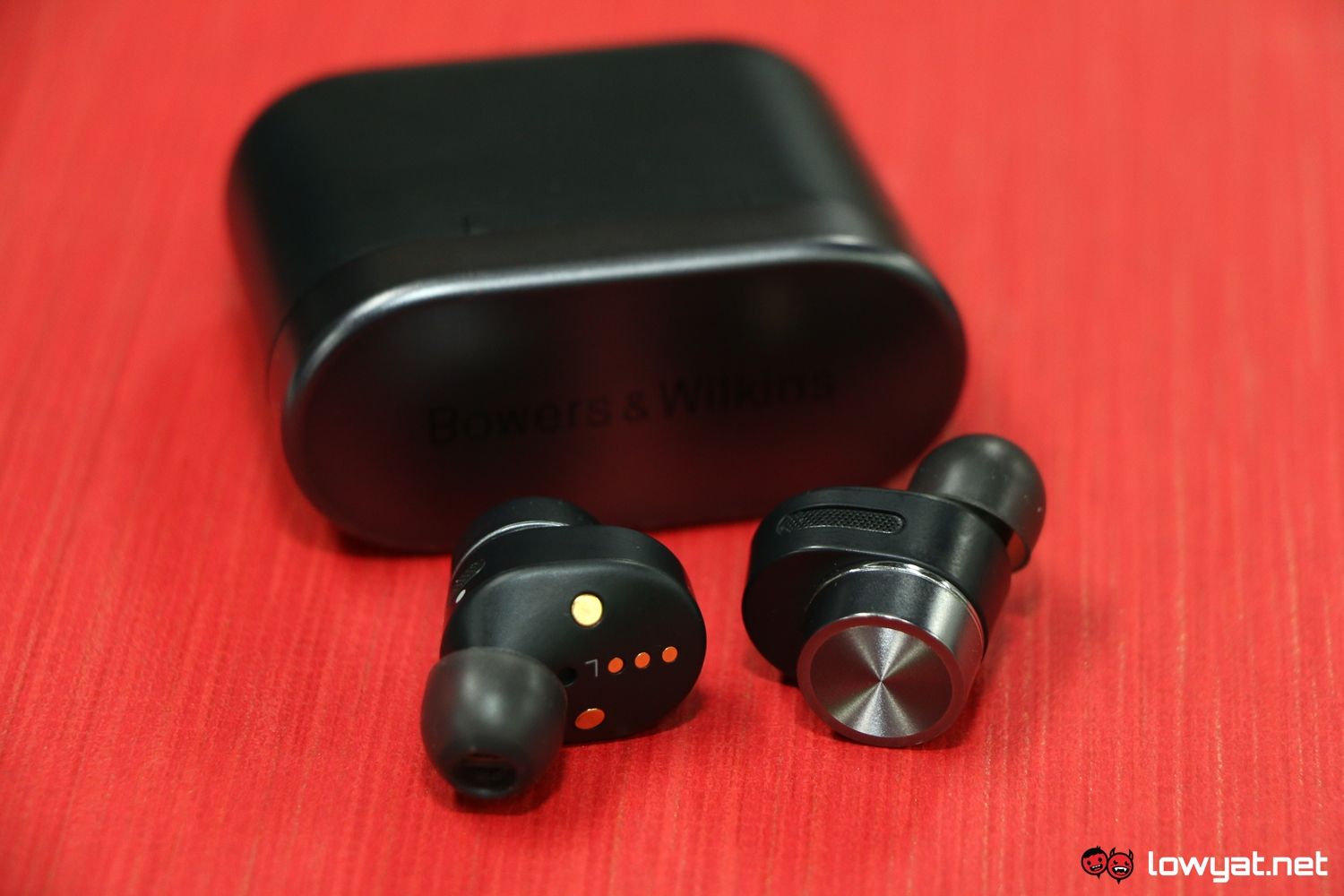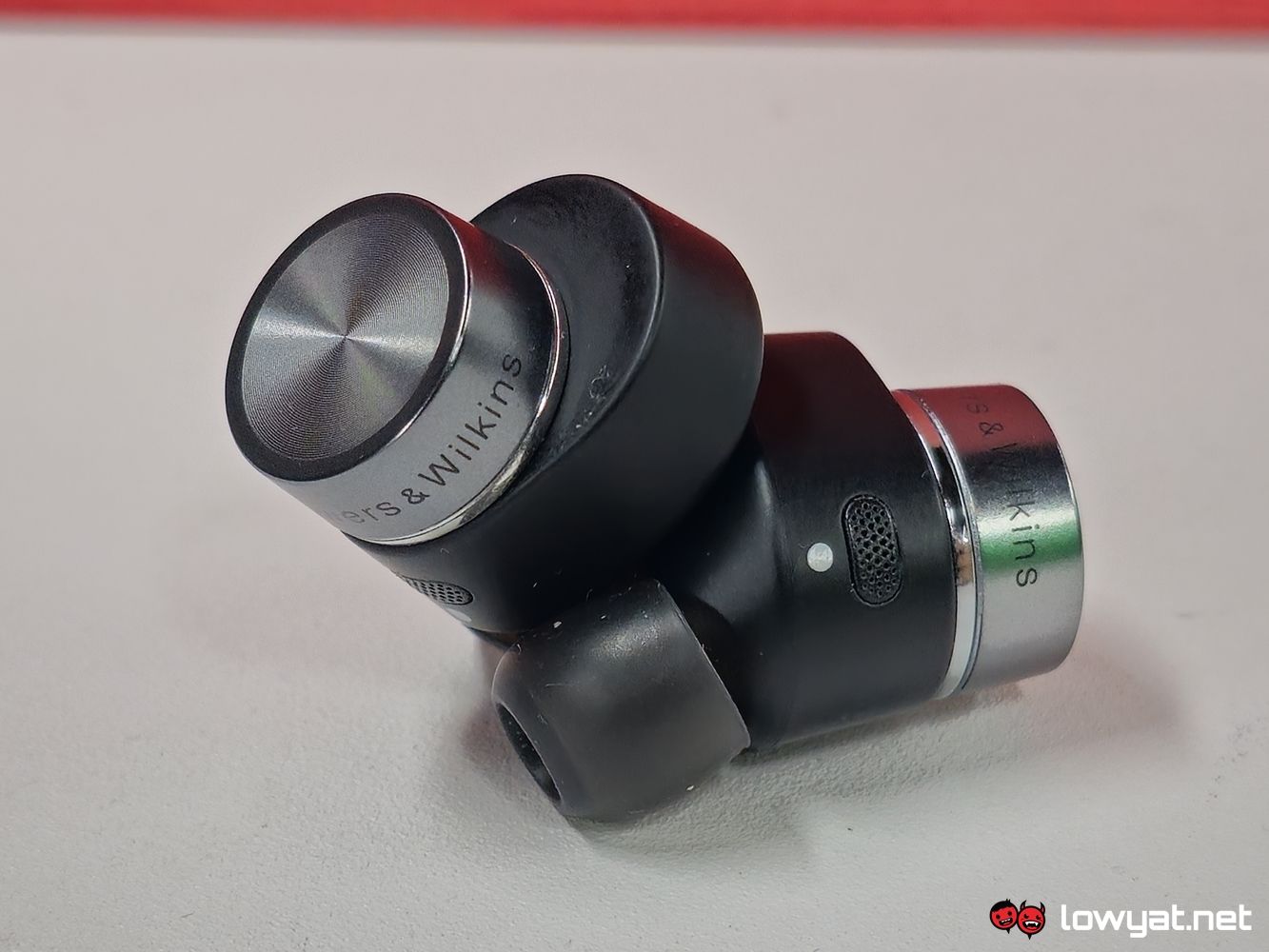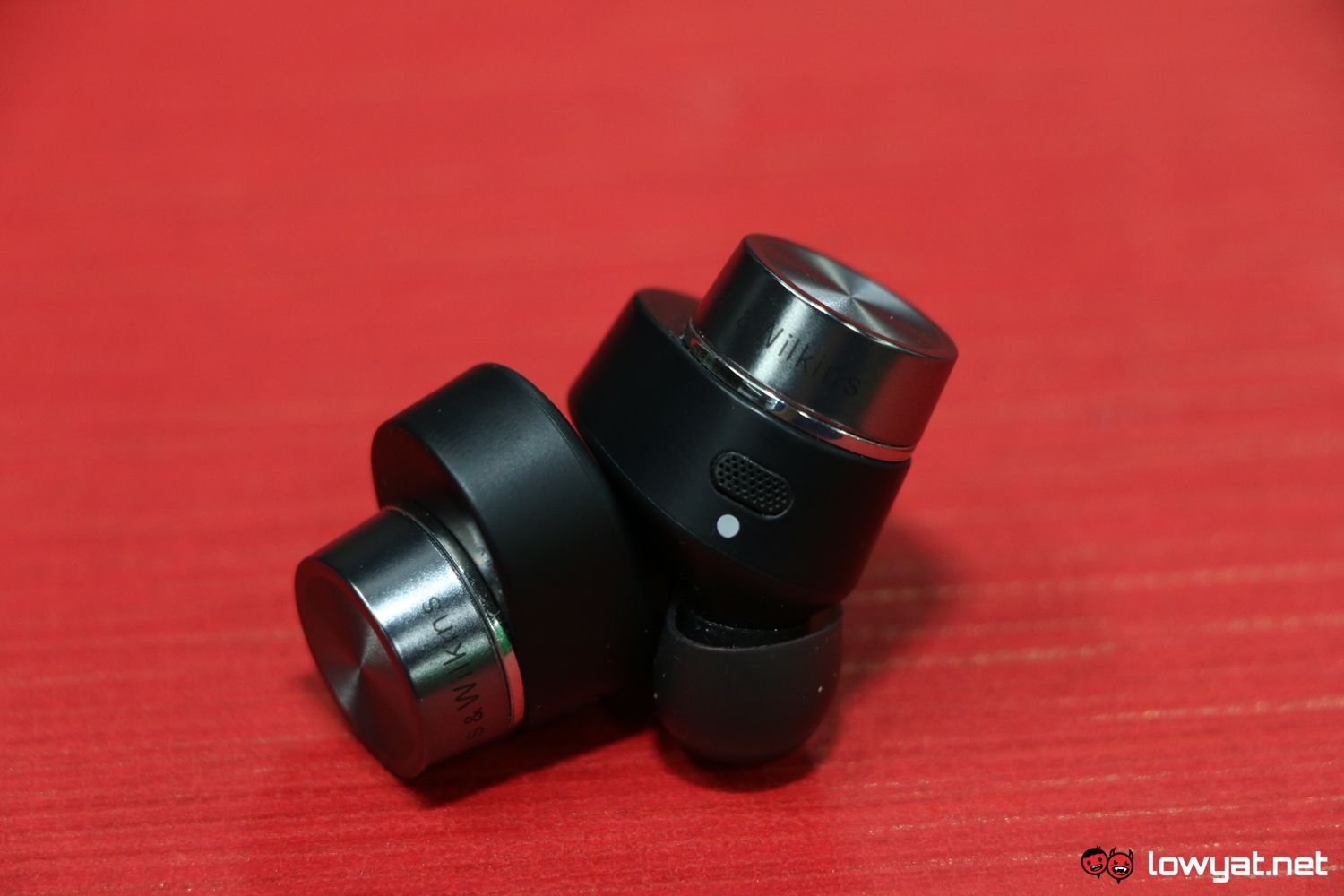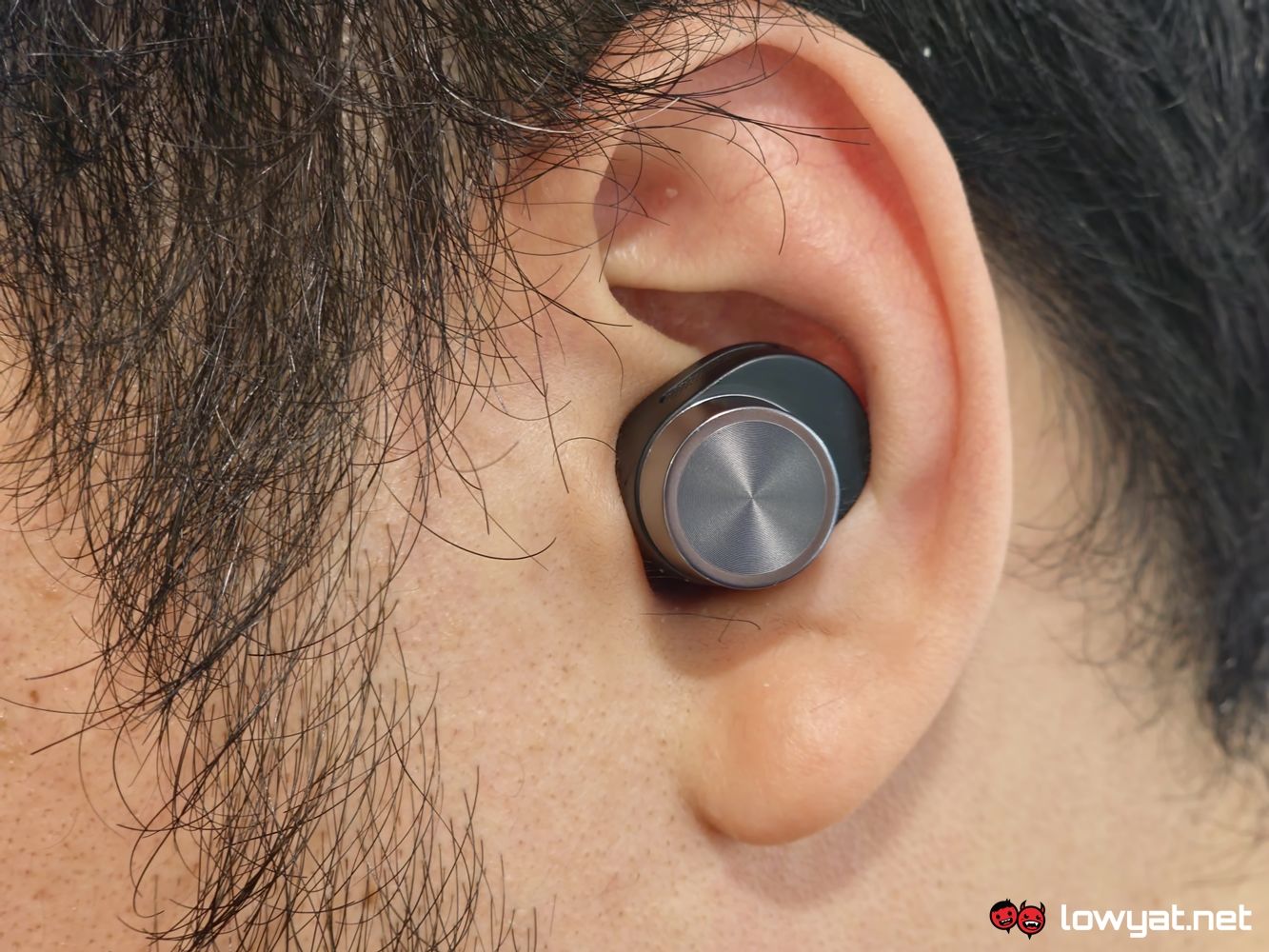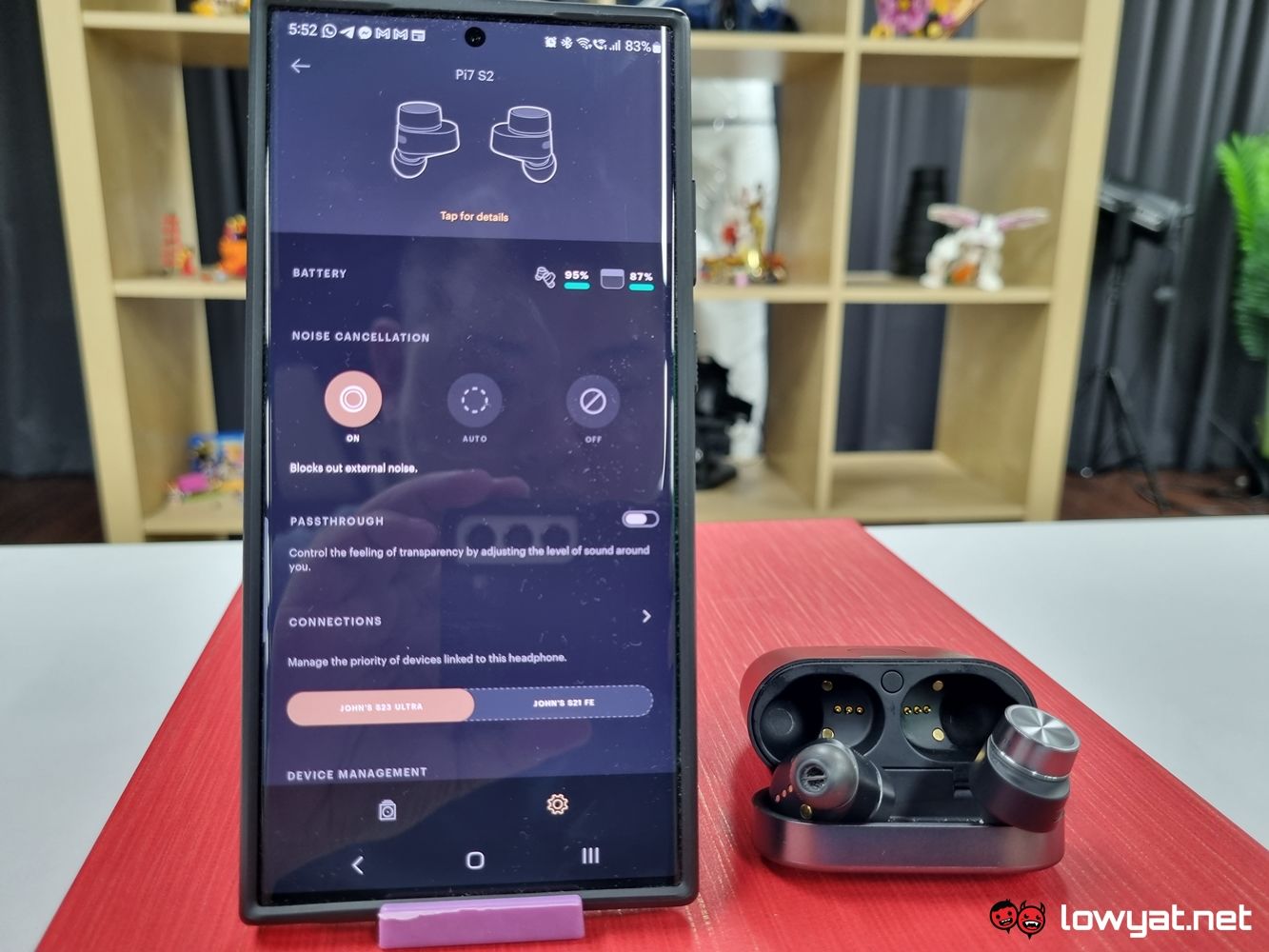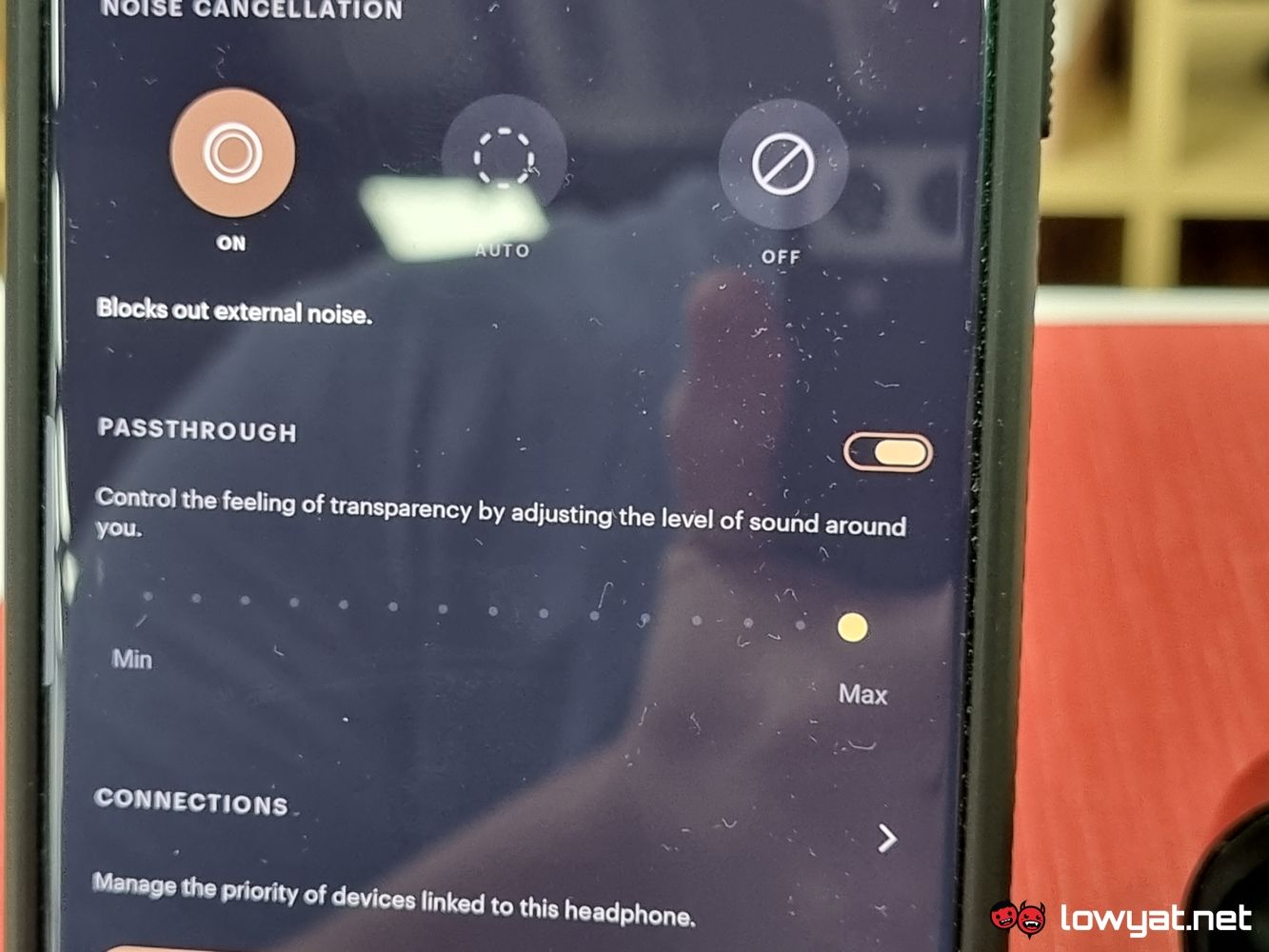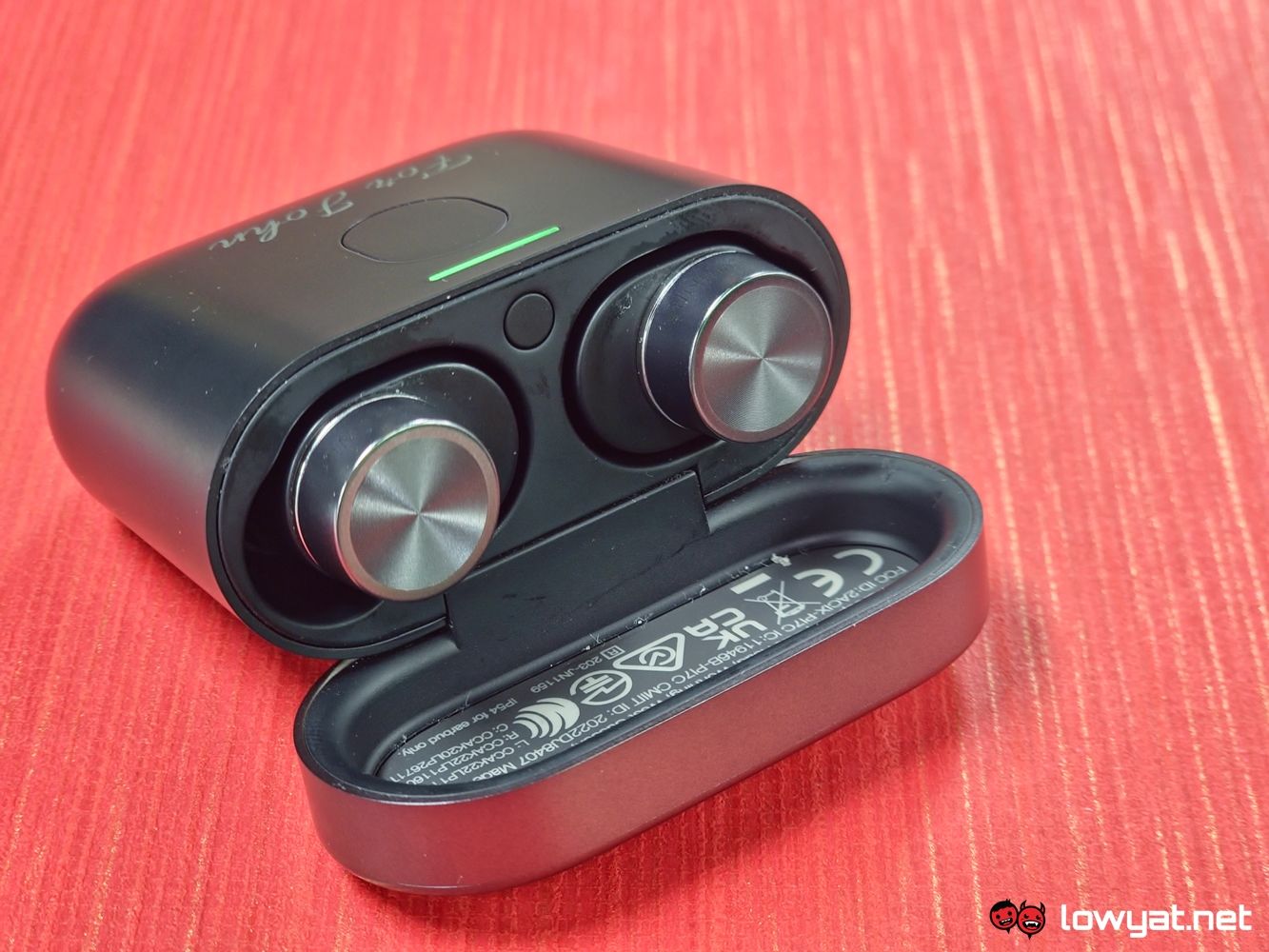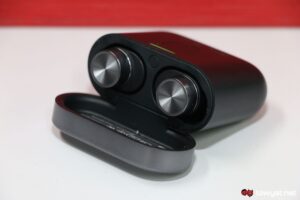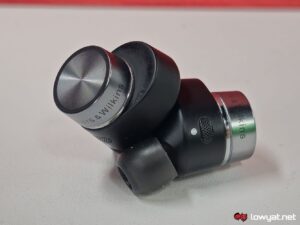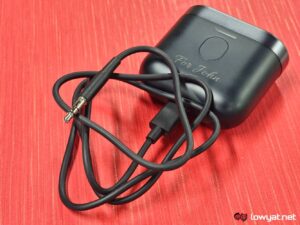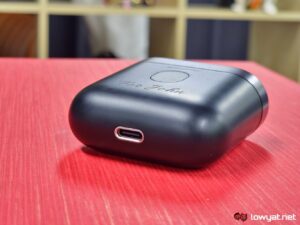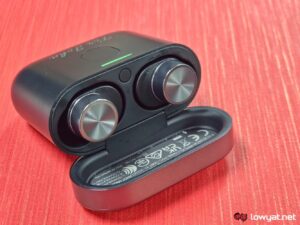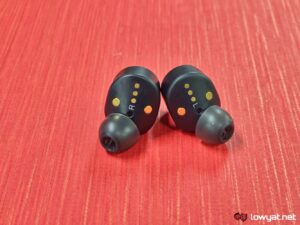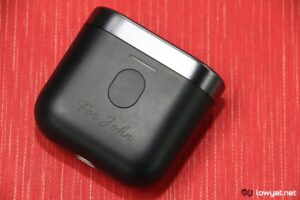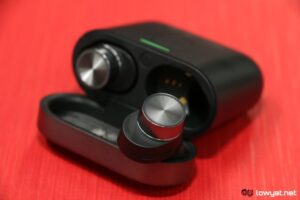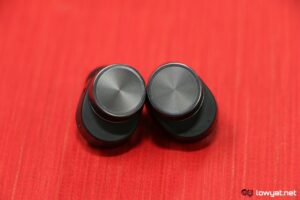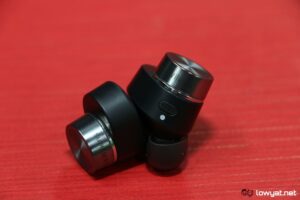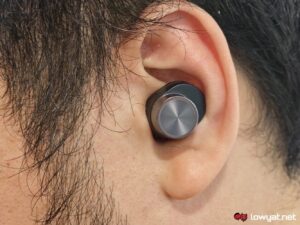Bowers & Wilkins (B&W) is brand that barely needs any introduction, especially to audiophiles. When the Abbey Road partner first entered the TWS earbuds ecosphere in 2021 with its Pi7 and Pi5, fans were ecstatic about these shrunk-down offerings. Fast forward a couple of years, the brand launched the 2nd generation of its earbuds. Unsurprisingly, there are some improvements to be found but at the same time, the brand also seems to have taken a couple of steps back in other areas.
What Is It?
The Pi7 S2 are, as its namesake indicates, the 2nd generation of B&W’s higher-end TWS earbuds, but to be fair, not a lot has changed in terms of design and shape. It still retains its oval shape with flat touch sensors at the top of each earbud.
Internally, there is a 9.2mm dynamic drive unit in each earbud, and both connect to devices via Bluetooth 5.0, which is a little dated but on the plus side, they do support Qualcomm’s AptX technology and codec, along with AAC and SBC. That being said, only the Pi7 S2 supports AptX Adaptive.
Is It Any Good?
Onboard controls are more or less the same as well: tapping once on either earbud plays and pauses whatever you’re listening to, while tapping twice will skip tracks, and thrice will repeat or go back to the previous track. Long-pressing the left side will turn Active Noise Cancellation (ANC) on or off, while performing the same action on the right earbud will bring up your mobile device’s voice assistant.
Another unique feature that the Pi7 S2 comes with is Wireless Audio Retransmission, which is basically a fancy way of saying that the accessory is capable of serving as an external wireless connector to the earbuds, where Bluetooth connectivity is not an option. This allows the earbuds to be used to tune into an in-flight entertainment system’s audio, allowing you to forego those bog-standard headphones that airlines typically provide you.
Circling back to the ANC function of the Pi7 S2, the feature certainly blocks out the majority of noise, but again, it isn’t as complete and isolated as the Sony WF-1000M4. I still get sound leaks from the outside and when nothing is being played, those leaks are audible enough that I can sometimes make out what people are saying.
The Sound Quality. Talk To Me.
If there is one thing to be said about the Pi7 S2, it is that it is a very well-balanced pair of earbuds. Vocals are crisp and clear, and songs Stephen Sanchez’s Until I Found You and See The Light really project through. Highs show no signs of breaking, while the timbre and richness of the mids feel open and unrestricted. These were evident in tracks such as Yoko Kanno and the Seatbelts’ Digging My Potato, where both the pitches of the harmonica and the bass drum in the background can be discerned and don’t drown one another out.
The cherry on this Sundae called the Pi7 S2, at least for me, are the lows that are produced. Not only are they deep, but they do what I describe good bass in earbuds to do: to reverberate and vibrate the back of my skull, and not a full-on assault on my eardrums. On that note, the sound staging with these earbuds are almost second to none, and I can make out every instrument, sound, and aural component that is present in songs such as Florence + The Machines’ Free and Stacey Kent’s Venus de Milo, or any track from the Preservation Hall Jazz Band.
The Bad Stuff. Tell Me.
But while the Pi7 S2 can boast a well-balanced sound profile, it is, unfortunately, missing some key features that should actually be there. Honestly, it’s perplexing that these features and functions are absent from these earbuds because many of its competitors’ own offerings ship out with access to them.
One such feature is an equaliser, or lack thereof for the Pi7 S2. Again, it is a little disappointing to see that this audio tweak isn’t present, especially since other earbuds like the Klipsch T5 II and Sony WF-1000XM4 all have access to their own equaliser, affording users the ability to tweak and adjust the pitches in said earbuds, accordingly. Another missing or should I say, misplaced feature is the ambient sound function, or as it is called in the case of the Pi7 S2, Passthrough. It’s a function that you find in most audio products that support ANC and usually serve as the go-between for enabling and disabling noise cancellation. The only way you can activate the Passthrough is via the B&W app but slightly more irritating is that it stays on, regardless of ANC being on or off.
The biggest flaw of the Pi7 S2, though, is its asking price. Off the shelf, these earbuds will set you back RM2499, which is significantly pricier and higher than its global SRP of US$399 (~RM1817). The battery life is another area that fails to impress me at five hours, with an additional 16 hours from the casing. It’s far from the worse endurance I’ve experienced from other earbuds, but given that Sony’s WF-1000XM4s are able to clock in eight hours with ANC on, and the fact that these cost more than double those earbuds, I really was expecting more.
Should I Buy It?
The B&W Pi7 S2 isn’t a pair of TWS earbuds that I can easily recommend to anyone, save maybe the hardcore fan of the brand or a bonafide audiophile. Firstly, at RM2499, they’re not cheap and honestly, I can easily recommend a handful of other brands that are just as good at half the price, and with more dynamic control and access to an equaliser. That, and less-than-stellar battery life really kneecaps these earbuds.
Having said that, I can say that as far as out-of-the-box performance go, the Pi7 S2 is outstanding in its delivery but that’s pretty much all that these earbuds have going for it. If you’re willing to look past its flaws and you’ve got some disposable income to spare, then as I have said in the past, have at them.
Photography by John Law.
Follow us on Instagram, Facebook, Twitter or Telegram for more updates and breaking news.


